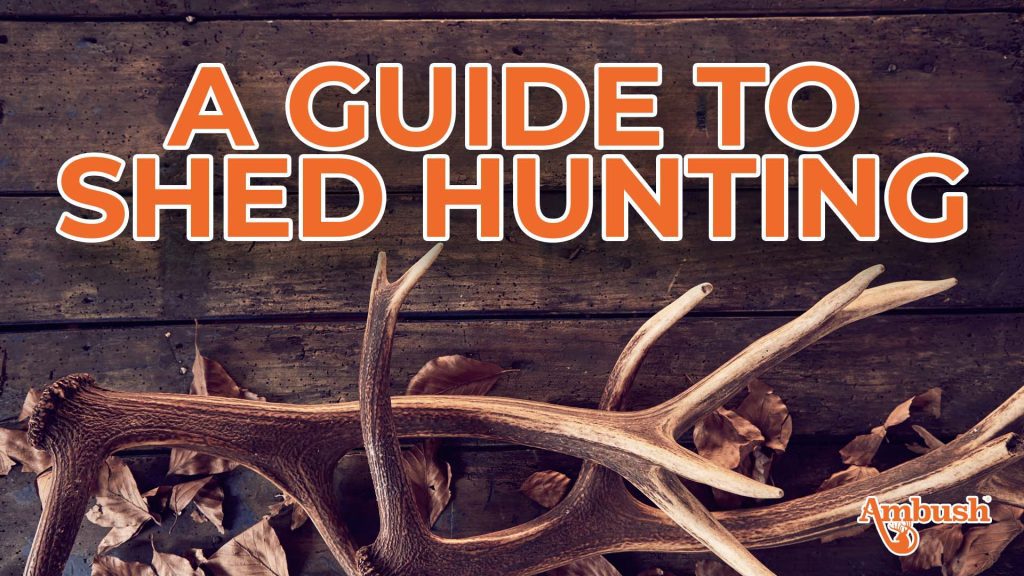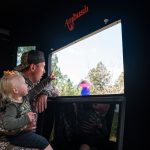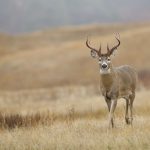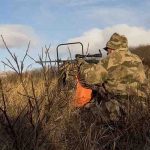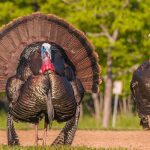Solving the Offseason Itch- A Guide to Shed Hunting
What is shed hunting, and what is its’ purpose?
Male deer lose their antlers every year in the later winter months, between January through March. This includes whitetail deer, mule deer, elk, moose, and many other species of the Cervidae family. After breeding season, bucks’ testosterone levels change causing their old antlers to fall off, and the new ones grow in behind them. This is the reason behind shed hunting.
Why Shed Hunt?
Many people shed hunt for many different reasons. Sometimes, it is just an excuse to get outside after a long winter and get back into the woods. Many hunters will collect sheds to help track their target bucks. Later, they can compare the sheds with the bucks they had on their trail cameras the previous season. Many deer hunters will collect years of sheds from a certain buck. Once they harvest the buck, they will have them on display below the shoulder mount. Sheds are great conversation pieces!
A New Industry
Recently, antler artwork became a new hobby for artists geared towards the outdoors. Artists take these sheds and use Dremel’s along with other tools to carve their artwork into the antlers. These can range from something as simple as a design all the way up to full sceneries. This has become a new staple in today’s shed hunting and has brought a new perspective to the sport. Due to rising popularity, people are collecting sheds to sell to artists, rather than keeping them for memory’s sake. Shed hunting is no longer just a hobby, but is becoming an industry as well. While this has upset many people, others see it as a way to recycle antlers, instead of letting them sit on a shelf and collect dust.
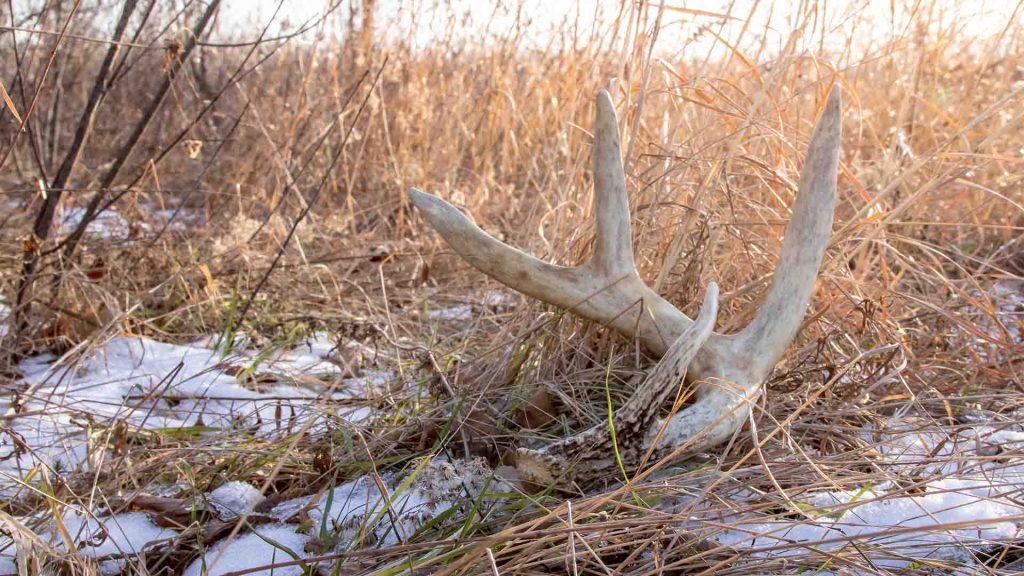 Where should you look for sheds?
Where should you look for sheds?
Fence Lines
When most people think of shed hunting, you may imagine the best place to look would be in the middle of the woods. While this is a viable option for a possible shed location, some of the best areas are the least obvious. For beginners, fence lines are a great location to look for sheds. Typically, the sheds are easier to see thanks to the shorter grass near the fence lines. When bucks begin to shed their antlers, the base of the antler connected to the skull becomes weak. This makes it very susceptible to hard impacts, such as when a deer jumps a fence. When a buck jumps a fence, the impact from the landing can be enough to knock off either one antler or both antlers, making fence lines a great place to start your shed hunt.
Game Trails
Once you know what to look for, you can start working your way to more difficult spots. Another great area to shed hunt is game trails. If you hunt, you probably have your hunting blind set up by a trail or other high-traffic area. If you ran trail cameras the previous season, you may already know where most of your deer travel through. These game trails are key places to find sheds. Tree rubs are extremely easy to spot, thanks to the missing tree bark on the trunk. Anywhere between February to March, many bucks drop their antlers when they go to mark their territory by rubbing a tree. Most of the time, these tree rubs are very near game trails. This makes these trails incredibly useful areas to search for sheds.
Ponds & Pastures
For the more experienced shed hunters out there, ponds and pastures can often yield the most success rate. While these sheds are harder to spot in the taller grasses, many deer will just drop their antlers while pawing at the ground for food (see 10 Natural Food Sources Every Deer Hunter Should Know for more information on food sources) or going to ponds for a drink of water. This proves as a challenge for even the most experienced shed hunter, but it just adds that much more to the reward of finding the elusive antler shed!
Shed hunting can even include your 4-legged friends. Many people will shed hunt with dogs. As you know, dogs have incredibly sensitive noses and can cover a LOT of ground. They can locate sheds that you may have normally missed.
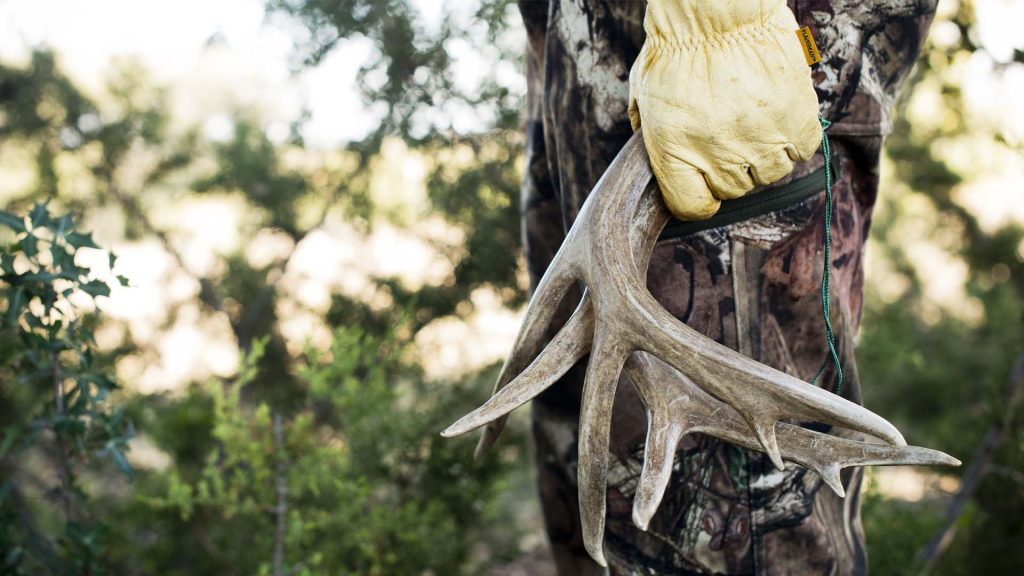 How do you track certain sheds with certain bucks?
How do you track certain sheds with certain bucks?
If you were to ask 100 different people how to track sheds, you would get 100 different answers. Some people use spreadsheets, some people use photos, some people use general areas, and some people just guess. As mentioned before, most people when matching sheds to deer use old trail camera photos from years past. When you find a shed, look through old photos of bucks that you have had consistently on camera, and then choose the deer that best fits the profile of that shed. Many people know their deer well enough to not have to look at photos to tell which sheds are for which deer, but double checking with camera photos is the most efficient way to track your deer’s sheds.
Why Track Sheds?
So, why should you track the sheds of certain deer? Some people just like to see the growth of a buck each year until he becomes a potential shooter. Another reason is if you can find the sheds (or shed) to a certain buck, then there is a 99% chance that that buck will survive to the following hunting season. Now this can change of course. Your buck could be struck by a vehicle or die of other natural causes. But, finding a shed to a certain buck can give you the satisfaction of knowing that he is still alive. This can be a huge relief to hunters, especially if it is a buck that is on your bucket list of shooters.
Prepare for Next Season
Another huge advantage of tracking sheds is that it can also help you track a certain buck’s movements. If you have noticed that a buck is consistently seen in a specific area, finding his sheds there is a way to reassure you that he is still in the area, and very unlikely to move on to another area or piece of the property. This gives you critical data that can be used when setting up your hunting blind. It also helps you prepare to target your trophy deer for the up-and-coming season.
What are some of the largest whitetail sheds that have been found?
The Nebraska General
When looking for sheds, you never know what you might find. Every now and then, someone comes across an extraordinary find while out in the woods. The current world record set of typical shed antlers (both sides of the rack have the same number of points) is a set from a buck known as “The Nebraska General.” The official score from the North American Shed Hunters Club was 195 1/8 net inches (see The Antler Scoring System Explained for more information on antler scoring) while following the asymmetry deductions of the scoring, with a gross score in the high 220s. Found in 1959 in a field in Nebraska, these sheds have held the typical match set world record for over 60 years and have held it by a long shot at that.
The Kansas King
The second largest set of shed antlers found were from the legendary buck known as “The Kansas King.” Due to the G2 on the left antler being broke off at the time of recovery, no official score was given for the entire set. With that being said, it was estimated that The King would have received a net score between 200 and 204 inches.
Knife Handle Buck
Finally, the third largest set of typical sheds according to the NASHC is the infamous Knife Handle Buck. Found in Iowa in the late 1960s, this was an extraordinary buck that could have competed for the world record. It didn’t get the record was thanks to its name: a beam was cut off to create a knife handle. Over 40 years after the original set was found, the handle made for the knife was tracked down and added into the measurement of the set. Had it been completely intact at the time of the scoring, the Knife Handle buck was estimated to have scored into the 230s. The Knife Handle Buck would have made the world record.
Making Moments that Matter
Shed hunting is a wonderful hobby that anyone can participate in, whether it be on public or private ground. As the popularity of shed hunting continues to grow each year, make sure you experience this tradition for yourself! You do not have to be a hunter to get into shed hunting, you just need to enjoy long, peaceful walks in the great outdoors with your friends, family, children, or with your 4-legged friend. After all, it’s about making moments that matter and some of the best moments are created by spending time in the woods with the next generation.

